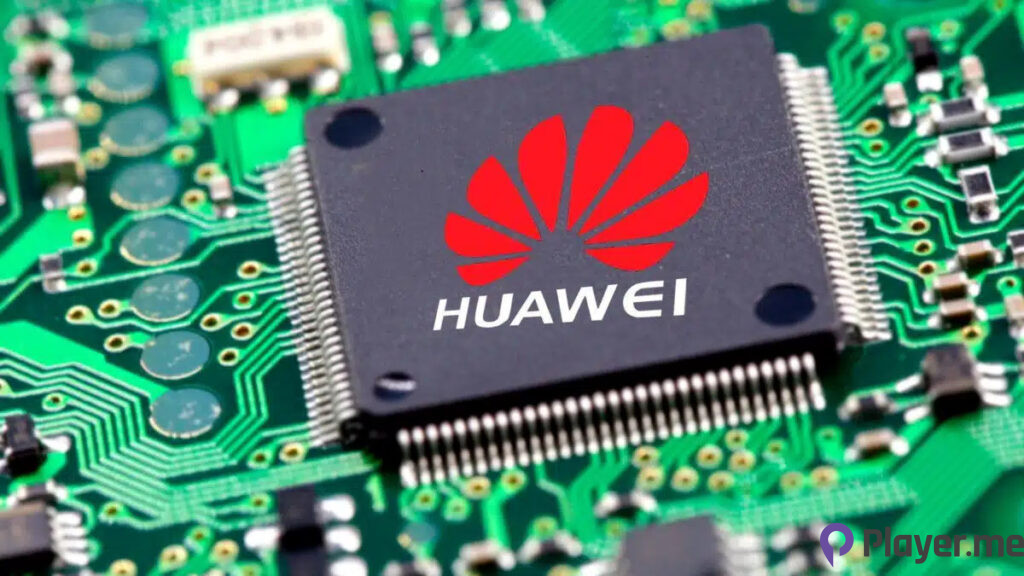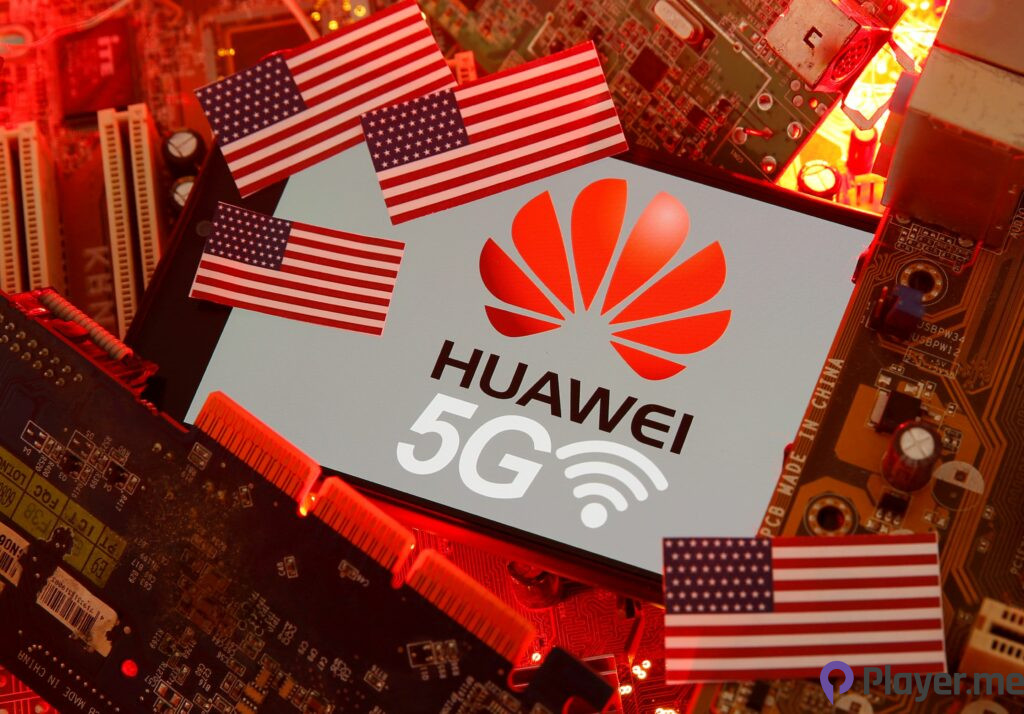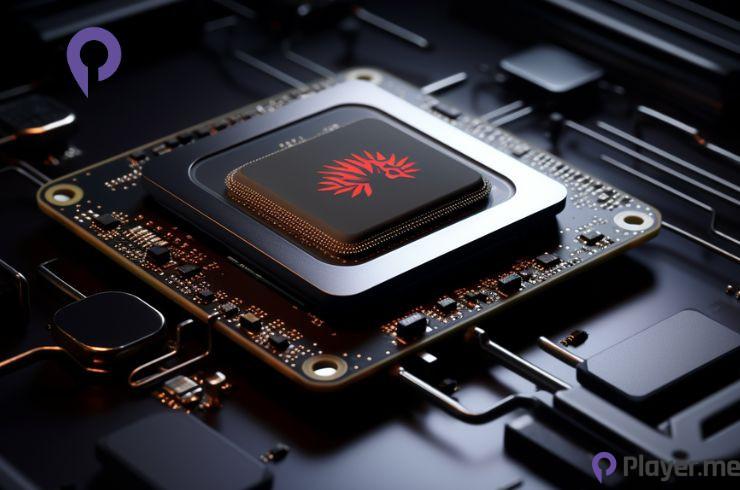In a concerning development, the Semiconductor Industry Association, a Washington-based trade group, has issued a warning about Huawei Technologies Co.’s clandestine efforts to establish a network of semiconductor fabrication facilities in China. This strategic move by the Chinese tech giant aims to bypass the stringent sanctions imposed by the United States.
The Relationship Between Huawei Technologies and the United States Market

Huawei Technologies traces its roots to its establishment in 1987 by Ren Zhengfei. Initially, the company’s activities were concentrated on the production of telephone switches. However, with time, the company diversified into an array of sectors encompassing telecommunications, infrastructure, networking solutions, and consumer-oriented devices.
The relationship between Huawei and the United States market has been nuanced. During the early 2000s, Huawei embarked on a journey to expand its foothold in the U.S. market. Select U.S. telecom providers found Huawei an appealing choice for its competitive pricing and its reputation for pioneering technology
However, over the years, Huawei’s close affiliation with the Chinese government began to raise apprehensions. A series of regulatory actions were implemented by the U.S. government in response to these concerns. In 2012, a congressional report warned American companies to exercise caution when engaging with Huawei and another Chinese tech firm, ZTE.
Criticisms Against Huawei

Huawei has faced numerous criticisms from several countries, including the United States, relating to cyber security, intellectual property rights, and allegations of human rights violations. Foremost among these allegations are the potential vulnerabilities in Huawei’s wireless networking equipment that could facilitate surveillance by the Chinese government.
Huawei, in response, staunchly maintains that its products entail no greater cybersecurity risk than those offered by any other vendor. The company further emphasises the absence of concrete evidence substantiating the espionage claims emanating from the U.S. To address these concerns, Huawei embarked on a collaborative effort with British officials, resulting in the establishment of a laboratory dedicated to the auditing of its product line.
Huawei’s Covert Chip Production

In the past year, Huawei has ventured into the production of semiconductor chips. This move has been bolstered by substantial financial support from the Chinese government, with an estimated $30 billion in state funding flowing into the company. The Semiconductor Industry Association revealed that Huawei has not only acquired at least two existing chip fabrication plants but is also actively constructing three additional ones.
The backdrop to this covert operation is the U.S. Commerce Department’s decision in 2019 to include Huawei on its export control list, citing security concerns. Huawei has consistently denied any involvement in espionage or security risks. This export control listing effectively restricted American companies from trading with Huawei, including the sale of crucial chip-making equipment.
Also Read: Game Changer: Putin Enacts Law Paving the Way for CBDC in Russia
The Semiconductor Industry Association’s Warning Explained

The Semiconductor Industry Association (SIA) is a U.S.-based trade association and lobbying group representing the United States semiconductor industry. It made national headlines when it created the first National Technology Roadmap for Semiconductors in the early 1990s. It is responsible for being the voice of the U.S. semiconductor industry, which is one of the nation’s top export industries and a driver of global competitiveness, national security, and economic strength.
One of the most intriguing aspects of Huawei’s strategy, as pointed out by the Semiconductor Industry Association, is the potential use of alternative company names for these fabrication facilities. If substantiated, this approach could allow Huawei to indirectly procure American chop-making equipment, bypassing U.S. government restrictions and sanctions.
As this revelation stirs concern and debate, both Huawei and the Semiconductor Industry Association have chosen not to offer immediate comments in response to inquiries from Reuters. The secrecy surrounding these developments only adds to the intrigue. It also raises questions about the true extent of Huawei’s efforts to secure chip manufacturing capabilities.
Ongoing Trade Blacklist Challenges

Huawei’s situation in the United States is further compounded by its inclusion on a trade blacklist, which severely constrains its access to vital suppliers and technology. These limitations, progressively reinforced by U.S. authorities, were initiated in May 2019 when the U.S. Commerce Department cited national security concerns.
As a result, Huawei has been banned from acquiring or licensing any technology or components from American enterprises without the issuance of a special licence. Consequently, this has had a profound impact on Huawei’s capacity to procure essential components for its range of products. This includes smartphones, laptops, and network infrastructure equipment, including Google’s Android operating system, Micron’s memory chips, and Qualcomm’s processors.
Furthermore, the United States has additionally enacted export controls on foreign chip manufacturers that rely on American technology or equipment, such as South Korea’s Samsung and Taiwan’s TSMC. These controls aim to prevent these manufacturers from supplying Huawei without the requisite licensing. In response, Huawei has ventured into the development of its proprietary semiconductor chips and started looking into alternative suppliers.
Also Read: Micromax Shifts Gears: From Stalled Smartphone Sales to a Thrust Into Electric Vehicles(EVs)
Conclusion
The emergence of Huawei’s secret semiconductor fabrication network underscores the complex nature of its interactions with the United States. This covert endeavour, aimed at bypassing sanctions and export controls, has raised important questions about the extent of Huawei’s resourcefulness and the implications for the global technology landscape.
Frequently Asked Questions
Which U.S. Telecom Providers Used Huawei?
Many U.S. telecom providers use Huawei technology for its competitive pricing and quality of technology. Examples include Pine Belt Wireless, Union Wireless, and Eastern Oregon Telecom.
Can U.S. Consumers Still Buy Huawei Phones in the United States?
U.S. consumers can only buy Huawei phones through sites such as Amazon and B&H. This means they have to pay the full price upfront and cannot get any discounts or subsidies from carriers.
What Is the Impact of the Entity List on Huawei’s Business in The United States?
The Entity list has limited Huawei’s access to crucial suppliers and technology from the U.S. and other countries that use U.S. technology or equipment. The U.S. has also pressured its allies and partners to exclude Huawei from their 5G networks.





